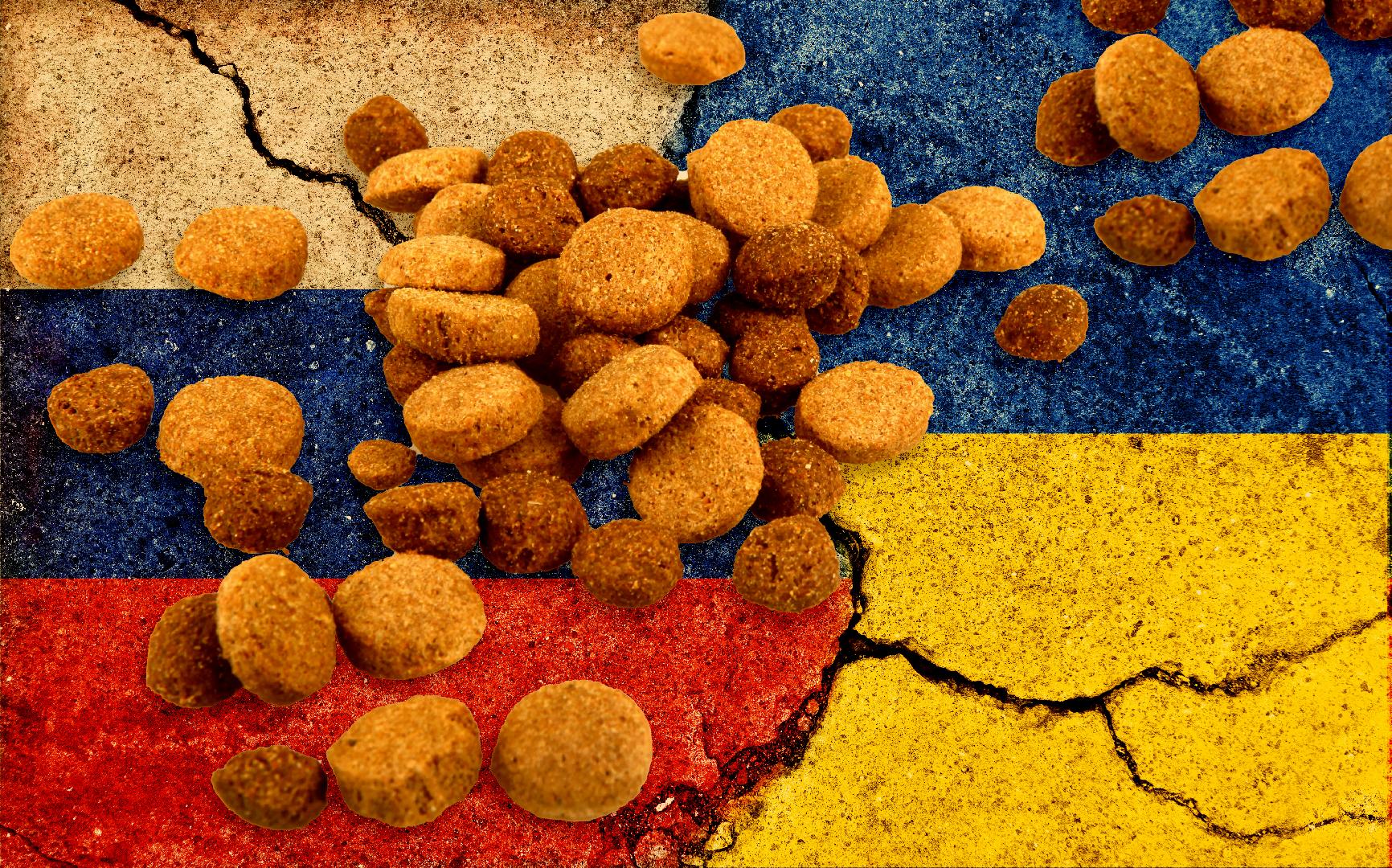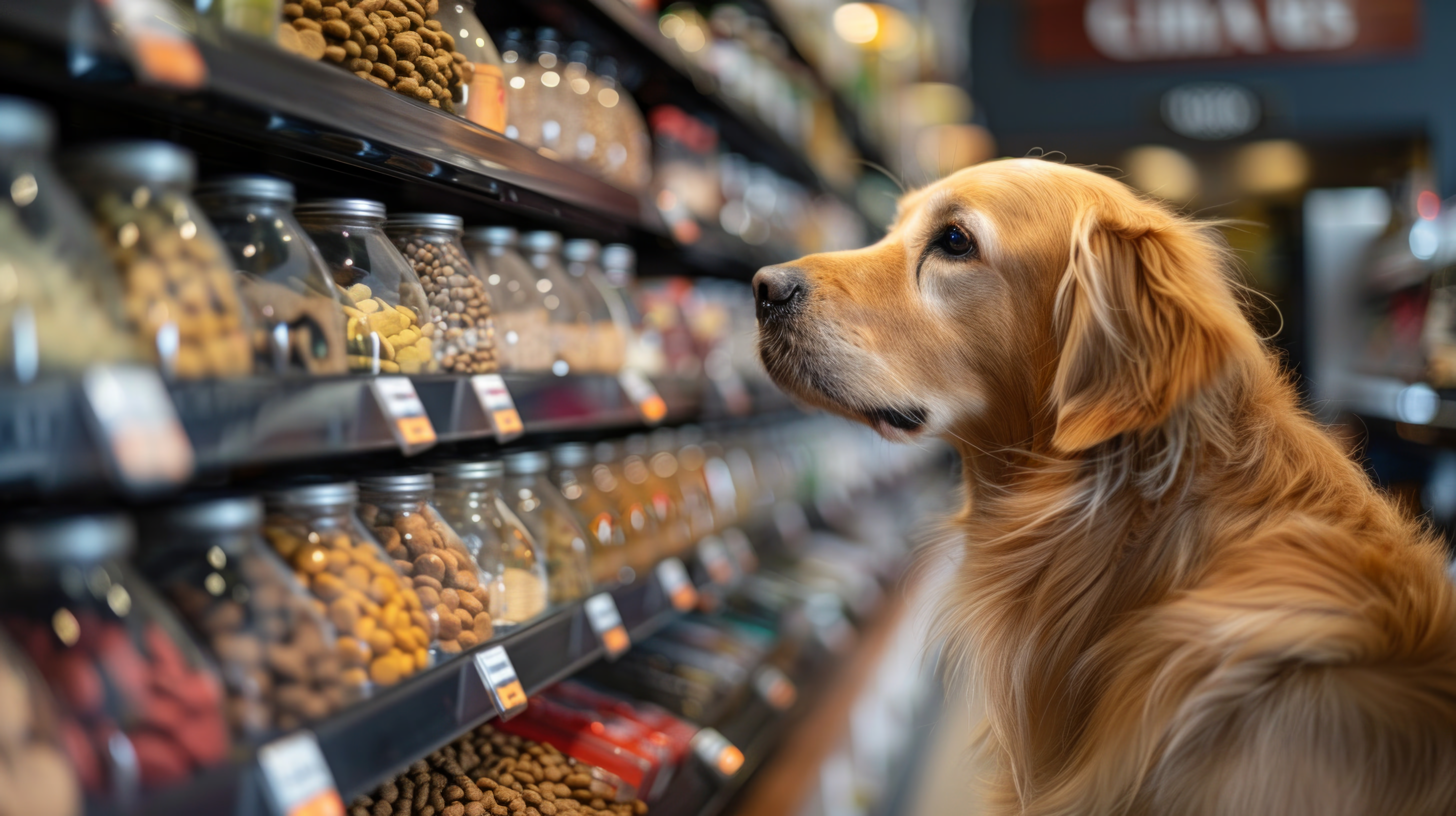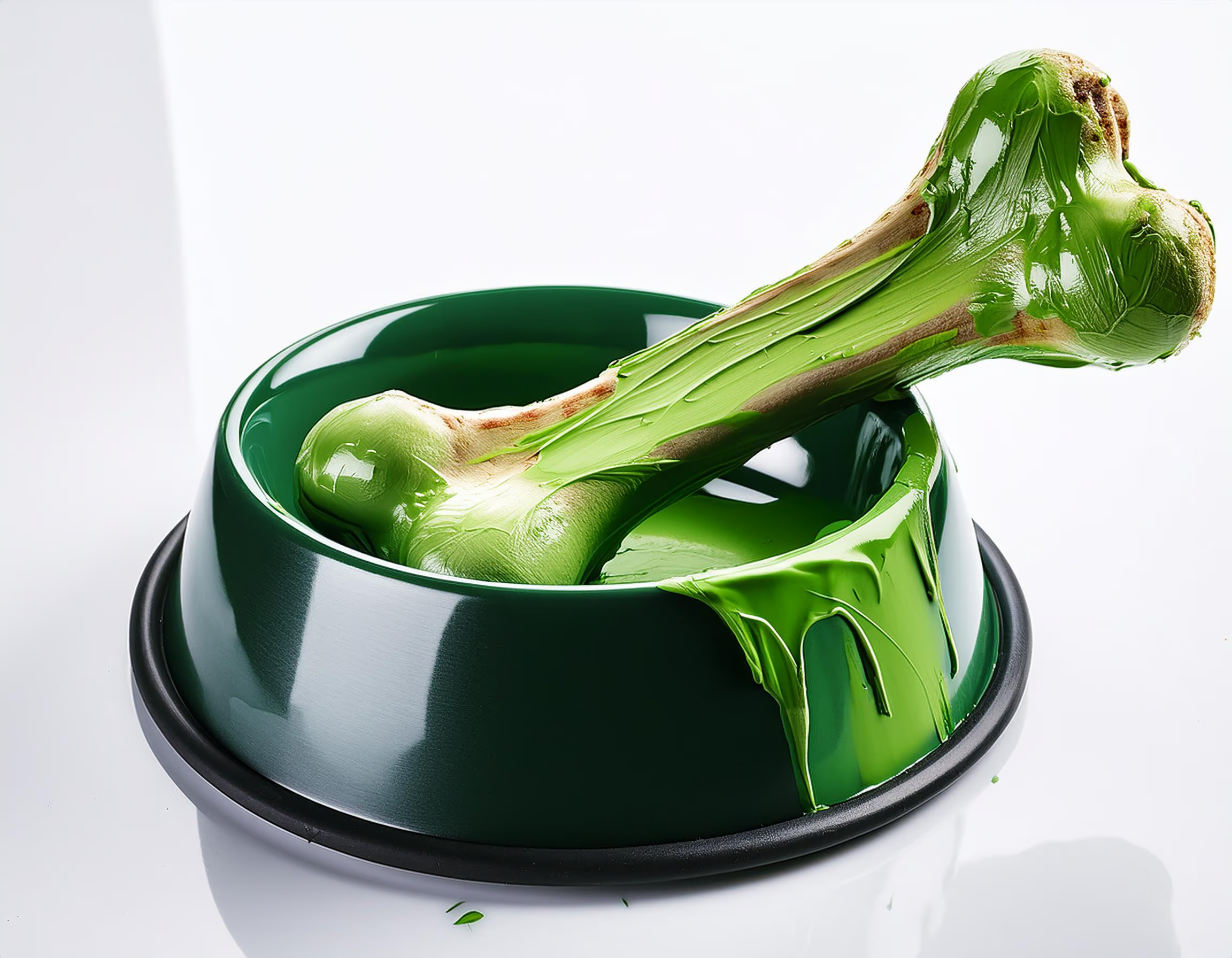Livestock production is considered a social, economic and cultural strategy activity throughout the region, since it preserves the well-being of communities while simultaneously providing security for daily subsistence, ecosystem care, wildlife conservation and satisfaction of cultural traditions and values.
In Latin America, including the Caribbean region, livestock is considered essential for the food security of the population, both human and animal. In fact, more than one billion (1,000,000,000) people around the world depend on this sector.
Latin America, due to its climatic conditions and soil fertility, becomes an ideal place for the development of this sector. During the last few years, livestock production in the region has grown even above the expected average growth. However, the high costs of animal feed and the inefficient use of available food resources, the risk of transboundary pests and diseases and the negative impact of climate change negatively affect the productivity of the sector.
Everything that happens in livestock production impacts the pet food industry, since they are closely related in terms of the need for beef and poultry meat by-products for the production of pet food.
For example, small producers of livestock activities each day represent a larger portion of the total producers in the region, and it is they who provide our industry with organic products and free animals.
Where are we going: customization
The trend that is going strong, even in underdeveloped countries like those of Latin America, is, without a doubt, to personalize everything and humanize pets as much as possible.
The evolution precisely of the young generations (millennial and Z) towards a 'society of mime' is a phenomenon that has managed to create new massive economies.
The highest pet ownership worldwide is in Latin America: 80% of the population in both Argentina and Mexico have at least one pet; Brazil follows suit with 75%. Behind come Russia (73%) and the United States (70%). In addition, Brazil is today one of the top 5 markets worldwide for pet care products.
In crises, an opportunity
Beyond the economic crisis and the stagnation of economic growth in Latin America, the pet market in the region has experienced exponential growth. Precisely, it is not thanks to economic problems, but 'because of' since, as has happened with the pandemic, people choose to enjoy more of their homes and the comfort of home. And what better than an animal company for those moments?
Until a few years ago, the "pampering" of having a pet (not to mention giving the same or more to a human being) was considered upper-middle class. Today the new generations even restrict tastes for themselves in order to have a pet and have it in the best conditions.
The region has a combination of factors that lead to the pet ownership rates it presents:
- Massive inequality in terms of income levels and quality of life.
- High rates of urbanization in cities.
- Economic instability and high rates of inflation in almost all Latin American countries.
- Saturated educational systems.
- Access to housing limited to a very small percentage of the population.
As a result, we have a young and adult middle class with a considerable part of their income exclusively dedicated to renting someone else's home, so they consider it practically impossible to achieve a quality of life or income that allows them to have children. Thus, instead of goods, they seek to invest in experiences, including: Pets.
And how do the prices come?
Corn is one of the main ingredients for pet food in Latin America. As the global economy recovers from the crises caused by the coronavirus, demand for basic products will increase. Such is the case in China, India and the US, so some pressure is already being exerted on international corn prices. In fact, in the last 6 months, corn prices have risen steadily, accumulating a rise of 64.3%.
Since corn is a key ingredient in a large amount of pet foods in Latin America, so its rising price is likely to affect the price of various foods.
Summary
As the economy recovers in 2021 and beyond, the prices of many commodities are likely to increase, so pet food producers will have to pass these increases on to end consumers.
Likewise, there is still much to explore in this new vein that is gaining more ground every day: the decision to add pets to the family to go through socioeconomic crises in a more pleasant way, whether caused by the coronavirus or by the general situation in the region, which offers us the opportunity to not only increase the quality of what we offer, but also to expand our range of possibilities.
By: All Pet Food
You could be interested: Greenwashing in pet food: what it is and how to avoid it
About author
Luciana ChippanoI am Luciana Chippano, I accompany digital business owners in Latin America to grow by boosting their sales with the most powerful tool: communication. I am CEO and founder of the first academy of Copywriting and strategic digital communication in Latin America. And from there I accompany business owners with personalized mentoring, workshops, courses and advanced training to optimize their communication and sell more.
About author
María Candelaria CarbajoI’m a creative, interdisciplinary person, translator, and editor. I collaborate in producing and writing creative, high-impact projects to promote cultural exchange, transmit differential values, and connect with people/the audience. Likewise, I enjoy teamwork and joining forces, experiences, and knowledge to bring the world all the potential of those ideas that seek to impact people’s lives positively.


































